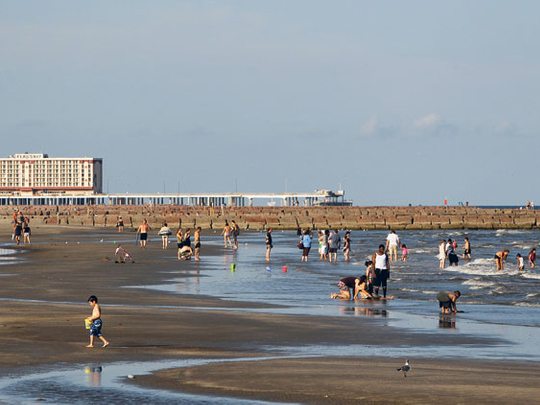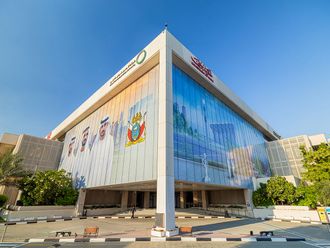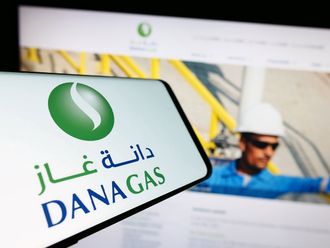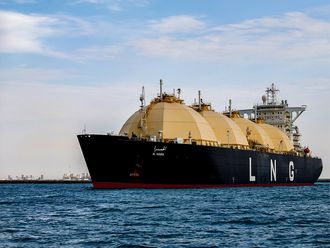
New York: BP Plc and US officials are evaluating how to proceed with a relief well that is intended to make sure BP's damaged well will never leak again.
BP has been ordered by US officials to finish the relief well after pressure tests failed to prove there's no further risk of oil leaking from the well, National Incident Commander Thad Allen said on Friday in a press conference in Schriever, Louisiana.
BP and government scientists are reviewing how to move forward after determining that about 1,000 barrels of oil are trapped in the Macondo well by a cement plug poured from the top last week. "The relief well will be finished and we will kill the well," Allen said. "The question is how to do that."
Injecting mud and cement from the bottom, as had been planned, may force oil out the top and wreck the existing seal, creating a new route to the surface for oil and gas, Allen said during a conference call. BP stopped the leak July 15 after the well gushed an estimated 4.9 million barrels, making it the world's largest offshore accidental oil spill.
BP pumped cement into the top of the well last week. The pressure test indicates the cement plugged the well's central core, or production casing, then flowed into the oil reservoir and back up to plug the annulus, a space between the production casing and the outer casing that runs all the way to the top of the well.
"How thick the cement barrier is between the annulus and the reservoir, we just don't know," Allen said. "It might be very thin, and we go and put pressure on that and we have a problem."
The dilemma results from Allen's decision to have BP plug the well with cement from the top after injecting a layer of mud to push gas and oil back into the reservoir, some petroleum engineers said.












